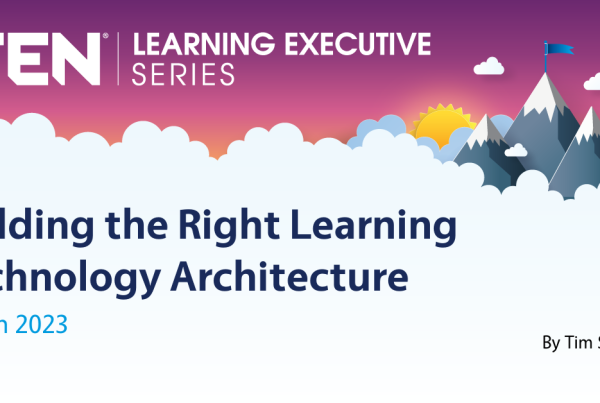Patient Insight: The Ultimate Resource
FROM THE PRESIDENT – David Fortanbary
We must see our training from the view of the patient.
Shakespeare certainly got a lot of mileage from his famous line, “To thine own self be true.” It is of course good advice, but ironically, it’s not the ultimate mission for life sciences trainers. When it comes to training sales professionals in the healthcare industry, the goal is, “to the patient be true.”
As our industry has advanced from being stand-alone training departments to active business partners, that patient-centric mission has grown in criticality. Whether our teams are helping prepare representatives to sell pharmaceutical solutions or medical devices, the needs of the end-user – the patient – must be top of mind.
That’s where the concept of patient insight comes in, at the center of all we do. We as trainers must see our instructional design from the view of the patient, in order to ensure our solutions are meeting their needs. Life sciences works with the highest of stakes – literally life or death situations – so empathy, understanding and insight become foundational tools.
The shift from treating the disease to treating the person has happened slowly in life sciences but we’re there now where we should be Today companies take life sciences, but we’re there now, where we should be. Today, companies take many approaches to ensuring their solutions address symptoms and conditions along with quality of life for patients.
The movement has many names – patient-centricity, patient empowerment, patient support – but it all comes down to insight, the ability to understand something intuitively. Insight into the needs of the customer’s customer can only increase a representative’s potential, so it becomes a key goal for training.
The goal of obtaining patient insight is met in many ways, including surveys and meetings with patients, families and providers. Some companies even actively involve patients in the product planning and improvement process.
Who better understands a patient’s need than the patient himself or herself? They offer perspectives we can imagine but not completely understand, but fortunately we can capture their insights to activate at all levels of the process.
Is there a “right” way to gain patient insight? No, not really. You and your learners best know the markets, the client needs and professional capabilities, X factors that are often dependent on the type of solution offered. That’s why it’s important to tap into the mind of the patient with the specific disease state you target or with the need for your device solution. Their knowledge – often hard-earned and critically important to survival – is unmatched, and a resource we’d be negligent to overlook.
We’re at a point on this continuum that’s farther along than it used to be. That’s not an invitation to rest … it’s a challenge to go further.
I won’t presume to tell you where exactly you need to take your training to ensure patient-centricity, but I will urge you to see the needs of the patient as an ever moving beacon on a dark shore. The metaphoric light draws us in, guides us on the path and leads us to a better place.
Training is all about improvement. There’s no better place to start than by improving our relationship and support of the patient.
David Fortanbary is president of LTEN and head of U.S. performance training for UCB. Email David at David.Fortanbary@ucb.com.








